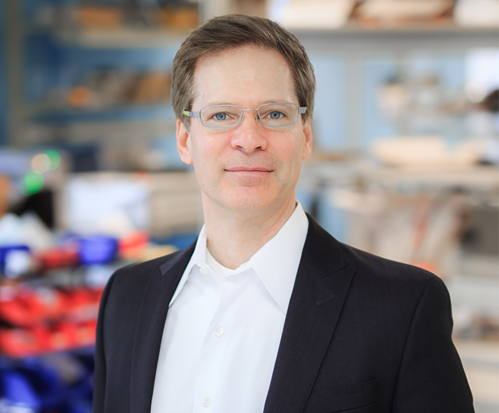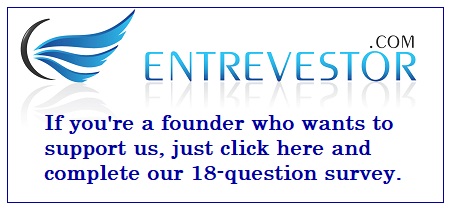Let’s start with the good news from the Deloitte Technology Fast 50: Solace Power of Mount Pearl, NL, was named to the competition’s Companies-to-Watch group for 2017.
And now the bad news: for the second year in a row, not a single Atlantic Canadian company made the Fast 50, a club of the fastest-growing tech companies in the country. And that shutout may highlight a big problem for Atlantic Canadian startups.
Deloitte Canada announced the Fast 50 last week. The global consultancy requires that companies produce four years of revenue to enter the competition, and it ranks the top 50 based on the total sales growth over four years. The winner this year was London, Ont.-based Diply.com, a social entertainment media publisher that achieved a four-year growth rate of 92,881 percent.
Along with the Fast 50, Deloitte also publishes its Companies-to-Watch list, which comprises highly regarded companies with “effective management experience and superior technology.” As a rule, these companies are at an earlier stage than the Fast 50 companies.
The only Atlantic Canadian company on the ones-to-watch list was Solace Power. Solace specializes in wireless power – that is, delivering electrical energy to batteries or devices without any wires attached to them. It has devised a system called RC² technology, which it licenses to large customers, such as Boeing and data solutions company Byrne. RC² can safely transfer energy in non-traditional environments without heating metal, and it does so over what the company calls usable distances.
Brave New World Dives Into Robotics With New Game
"We are honored to have Solace's rapid growth, innovative RC² technology and team recognized with this distinction," said Solace CEO Michael Gotlieb in a statement.
But Solace was the only East Coast company recognized by Deloitte Canada last week. It’s difficult to say how many Atlantic Canadian companies applied. Saint John-based Partner Mark-Anthony Ashfield would only say the competition received “a positive response from Atlantic Canada-based companies.”
The last two Atlantic Canadian companies to be named to the Fast 50 underwent transformative deals not long afterward. Two years ago, Halifax-based STI Technologies secured the 41st place with revenue growth of 204 percent over four years. Earlier this year, STI was bought by American multinational QuintilesIMS, reportedly for more than $200 million. In 2012, St. John’s-based Verafin placed 25th on the Fast 50 list, and 18 months later it attracted a $60 million buy-in from American private equity firm Spectrum Equity.
I’m not arguing that these deals happened just because Verafin and STI were named to the Fast 50. But it does highlight that companies in the Fast 50 have the metrics that investors and acquirers are looking for.
A close examination of these two recent Atlantic Canadian winners reveals a problem: It’s that the Fast 50 is getting faster all the time.
To quote Delotte itself: “This year, the Fast 50 winners achieved an average four-year growth rate of 4,625 percent, which represents a 74 percent increase from 2016.”
Or look it this way: to get on the Fast 50 this year, you’d need to have revenues growing 389.2 percent over four years – the level reported by No. 50 TextNow of Waterloo, Ont. To make the list just three years ago, a company needed four-year revenue growth of 182 percent. In other words, the bar hasn’t just been raised – it more than doubled in height in just three years.
The growth rate that landed STI at 41st place two years ago wouldn’t be good enough to make the cut today.
It would be easy to dismiss this by simply saying it just means that it’s harder to get recognition in national competitions. But it points to a far bigger problem. A broad swath of the Atlantic Canadian startup community is looking or will soon be looking for an A Round of funding. Some are even looking toward B rounds. These companies are competing in a forum packed with high-performance Canadian companies that are selling like all get-out. Our companies are going to have to do better and better to attract investors’ attention.











